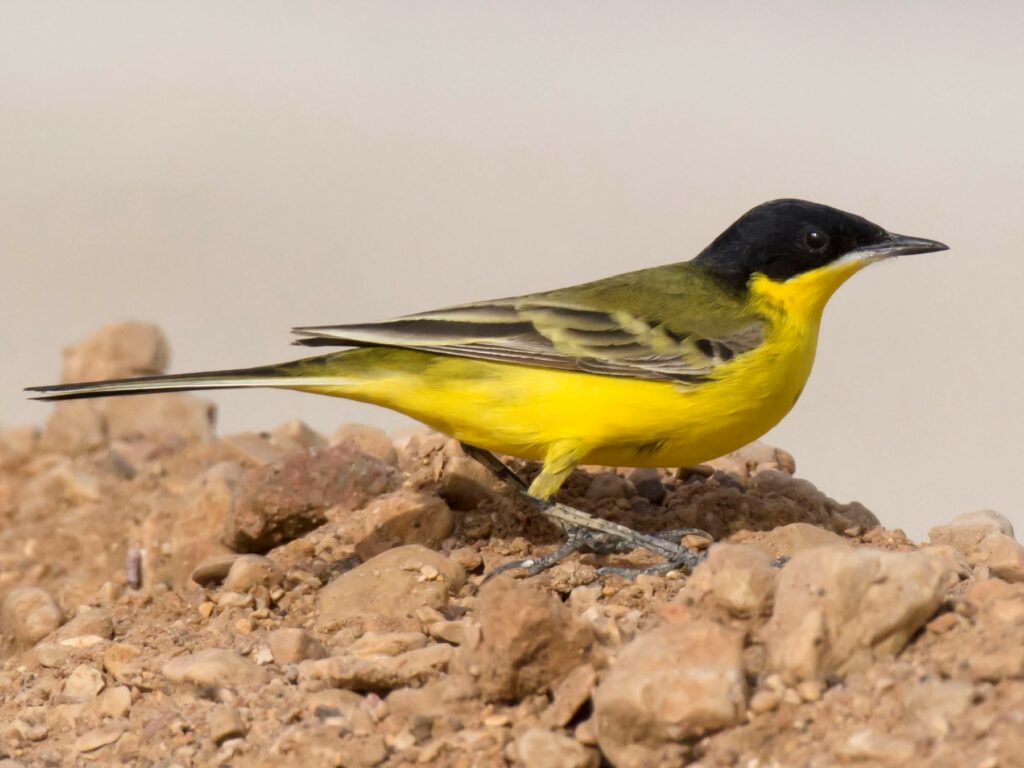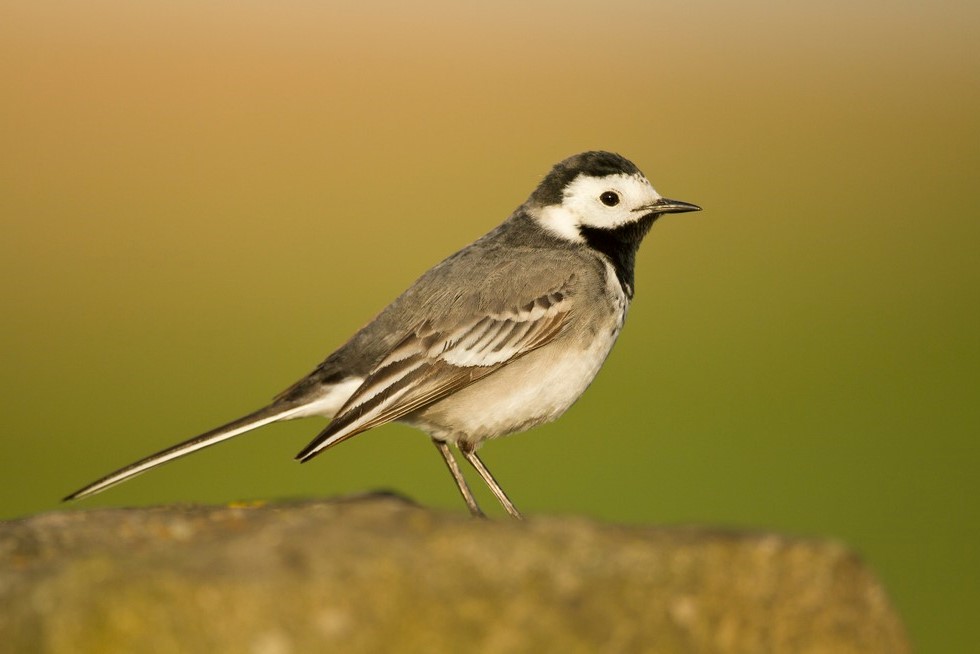Within the vast avian kingdom, few species captivate observers like the wagtail (Motacilla). With its agile movements, vibrant plumage, and distinctive tail-wagging behaviour, the wagtail has become a beloved favourite among bird enthusiasts and casual observers alike. This comprehensive article aims to provide an in-depth understanding of wagtails, delving into their taxonomy, physical characteristics, behaviour, habitat preferences, ecological significance, conservation status, and their intriguing cultural connections.
Taxonomy and Species Diversity
The wagtail genus, Motacilla, encompasses a diverse group of passerine birds. Comprising approximately 15 recognised species distributed across Europe, Asia, Africa, and even parts of Australia, each wagtail species possesses its own unique combination of colours, patterns, and habitat preferences. From the striking Yellow Wagtail (Motacilla flava) to the elegant Grey Wagtail (Motacilla cinerea), the wagtail genus showcases a remarkable diversity.

Physical Characteristics
Wagtails possess a slender body, long tail, and thin bill, perfectly adapted for their aerial acrobatics. Their plumage predominantly features a blend of black, grey, and white, though the specific colouration varies among species. Notably, wagtails are renowned for their wagging tail motions, which they utilise for communication, balance, and courtship displays. This distinctive behaviour, combined with their elegant flight patterns, contributes to their charm and recognition.

Behaviour and Adaptations
Foraging Techniques: Wagtails display exceptional foraging techniques as insectivores. With their keen eyesight and agility, they are skilled at catching flying insects on the wing. Wagtails employ various strategies, including aerial hunting, running, and probing into crevices or shallow water. Their long legs and slender bodies facilitate swift movements and enable them to navigate different terrains with ease.
Breeding and Courtship Displays
The breeding season heralds elaborate courtship displays by male wagtails to attract females. These displays involve dynamic flight patterns, exaggerated wing flutters, and, of course, the signature wagging of the tail. These captivating performances showcase their vitality and serve as signals of their fitness and availability to potential mates.
Migratory Patterns
Many wagtail species undertake remarkable long-distance migrations, traversing thousands of kilometres to reach their breeding grounds or escape harsh winters. These epic journeys highlight their endurance and navigational prowess. Wagtails rely on celestial cues, magnetic fields, and visual landmarks to navigate their migratory routes, demonstrating their incredible ability to traverse vast distances.
Habitat and Distribution
Wagtails exhibit diverse habitat preferences, occupying a range of ecosystems worldwide. They are commonly found near bodies of water, including rivers, streams, wetlands, and lakeshores, where they can easily find their primary food source—water-dwelling insects. However, some species have also adapted to urban environments, making parks, gardens, and even city streets their home. This adaptability emphasises their ability to thrive in both natural and human-altered landscapes.
Ecological Significance
Wagtails play a vital role in the ecosystems they inhabit. As insectivores, they contribute to pest control and ecosystem balance by regulating populations of flying insects. Their foraging habits also aid in nutrient cycling and seed dispersal, influencing plant growth and distribution. Furthermore, wagtails serve as indicators of ecosystem health, as changes in their populations can signal environmental disturbances or habitat degradation.
Conservation Status
While wagtails, as a genus, are not currently considered globally threatened, specific species face localised threats due to habitat loss, pollution, and climate change. Wetland destruction poses a significant risk to their populations. Conservation efforts focused on preserving wetlands, creating suitable nesting sites, and raising awareness about the importance of protecting these charismatic birds and their habitats are crucial for their long-term survival.
Cultural Connections
Beyond their ecological significance, wagtails hold cultural significance in many regions. They feature prominently in folklore, art, and literature across various cultures, symbolising traits such as joy, agility, and adaptability. From traditional Japanese haiku poetry to European folklore, wagtails have left an indelible mark on human culture, further highlighting their universal appeal.
Conclusion
The wagtail (Motacilla) stands as an enchanting representative of the avian world, captivating observers with its graceful movements, vibrant plumage, and mesmerising tail-wagging behaviour. Through a deeper exploration of their taxonomy, physical characteristics, behaviour, habitat preferences, ecological significance, and conservation status, we gain a profound appreciation for these avian acrobats. Let us cherish and celebrate the wagtail, a true testament to the wonders of nature’s design, and strive to ensure their continued presence in our ecosystems and cultural heritage.
References and Sources
- del Hoyo, J., Elliott, A., Sargatal, J., Christie, D. A., & de Juana, E. (Eds.). (2020). Handbook of the Birds of the World Alive.
- Tyler, S. (2004). Wagtails: A Comprehensive Guide.
Sam loves to learn about animals and their habitats. He has been a nature lover from a very young age, and has been writing papers and articles about wildlife for as long as he can remember.
